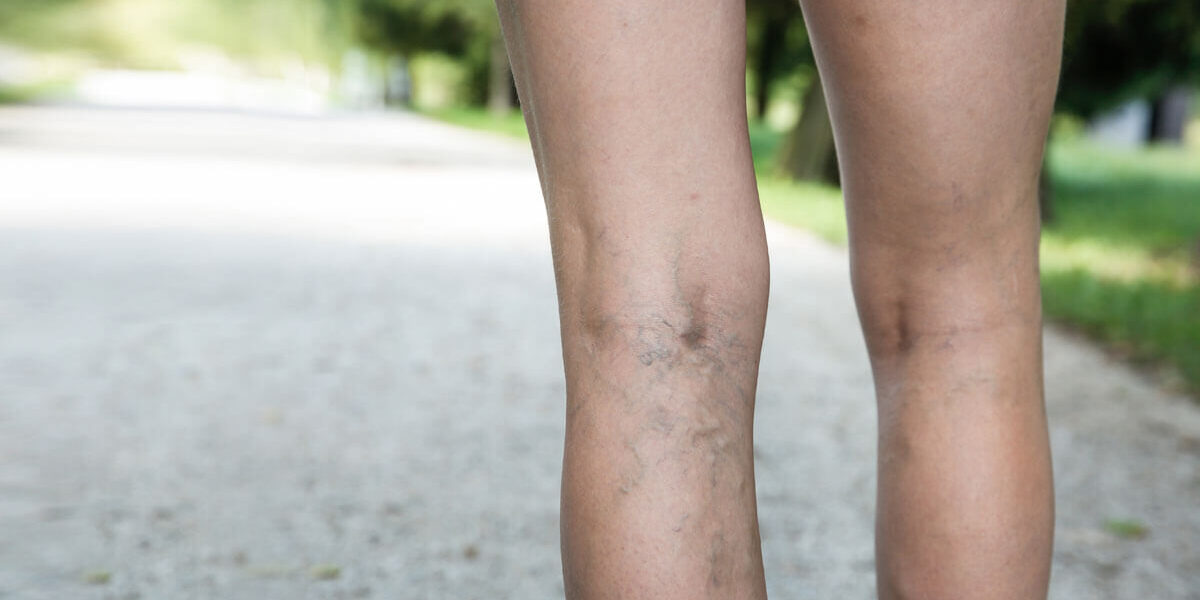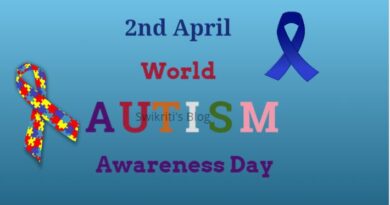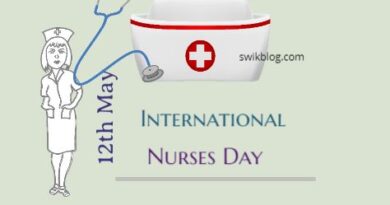Unveiling Varicose Veins: Understanding the Root Causes
Varicose veins, those bulging, twisted veins that often appear on the legs, are more than just a cosmetic concern. They can cause discomfort, pain, and even serious health complications if left untreated. While varicose veins are a common condition, understanding their root causes is crucial for effective prevention and treatment.
In this article, we’ll delve into the intricate factors behind varicose veins, exploring both genetic predispositions and lifestyle influences that contribute to their development.
Genetic Predispositions:
One of the primary factors contributing to varicose veins is genetics. Individuals with a family history of varicose veins are more likely to develop them themselves. This hereditary predisposition can involve structural abnormalities in the veins, such as weak vein valves or naturally thin vein walls.
These genetic factors make certain individuals more susceptible to venous insufficiency, a condition where the veins have difficulty efficiently circulating blood back to the heart, leading to pooling and the formation of varicose veins.
Venous Insufficiency and Valve Dysfunction:
Venous insufficiency, often stemming from valve dysfunction, is a key mechanism underlying the development of varicose veins. In healthy veins, one-way valves prevent blood from flowing backward and ensure that it travels in the correct direction—towards the heart.
However, when these valves weaken or become damaged, as is often the case in varicose veins, blood can pool in the veins, causing them to enlarge and become visibly varicose.
Prolonged Standing or Sitting:
Beyond genetic factors, certain lifestyle choices and environmental factors can exacerbate the development of varicose veins. Prolonged periods of standing or sitting, especially in occupations that require long hours of either, can increase the pressure on the veins in the legs.
This elevated pressure can impede blood flow and contribute to the formation of varicose veins over time. Incorporating regular breaks to move and stretch throughout the day can help alleviate this pressure and promote healthy circulation.
Lack of Physical Activity:
Regular physical activity is essential for maintaining good overall health, including vascular health. Exercise helps to improve circulation, strengthen the muscles that support vein function, and promote healthy blood flow throughout the body.
Conversely, a sedentary lifestyle can contribute to the development of varicose veins by allowing blood to pool in the legs due to decreased muscle activity. Incorporating activities such as walking, swimming, or cycling into your routine can have significant benefits for vein health.
Obesity and Excess Weight:
Excess weight places added pressure on the veins, particularly those in the lower body. This increased pressure can impair venous function and contribute to the development of varicose veins.
Additionally, obesity is often associated with a higher risk of other conditions, such as diabetes and hypertension, which can further compromise vascular health. Maintaining a healthy weight through a balanced diet and regular exercise is crucial for reducing the risk of varicose veins and promoting overall well-being.
Pregnancy and Hormonal Changes:
Pregnancy is a common time for varicose veins to develop, primarily due to hormonal changes and increased pressure on the veins in the pelvic area. During pregnancy, the body produces higher levels of hormones such as progesterone, which can relax the walls of the blood vessels and impair vein function.
Meanwhile, the growing uterus places additional pressure on the veins in the pelvic region, leading to venous congestion and the development of varicose veins. While varicose veins that develop during pregnancy often improve after childbirth, they may persist in some cases, necessitating further treatment.
Conclusion
Varicose veins represent a prevalent and frequently troublesome vascular condition that can profoundly affect one’s quality of life. Although genetics contribute to their onset, various lifestyle factors such as extended periods of sitting, sedentary behavior, and obesity can heighten susceptibility.
Through a comprehensive comprehension of the fundamental triggers behind varicose veins and the adoption of proactive lifestyle modifications, individuals can mitigate their risk and foster optimal vein health. This entails integrating regular physical activity, maintaining a healthy body weight, and minimizing extended bouts of standing or sitting. By implementing these adjustments, individuals can significantly safeguard their vascular well-being and attenuate the impact of varicose veins. For specialized care and treatment of varicose veins in Tulsa, seeking assistance from vein specialists can offer tailored interventions and support to manage this condition effectively




